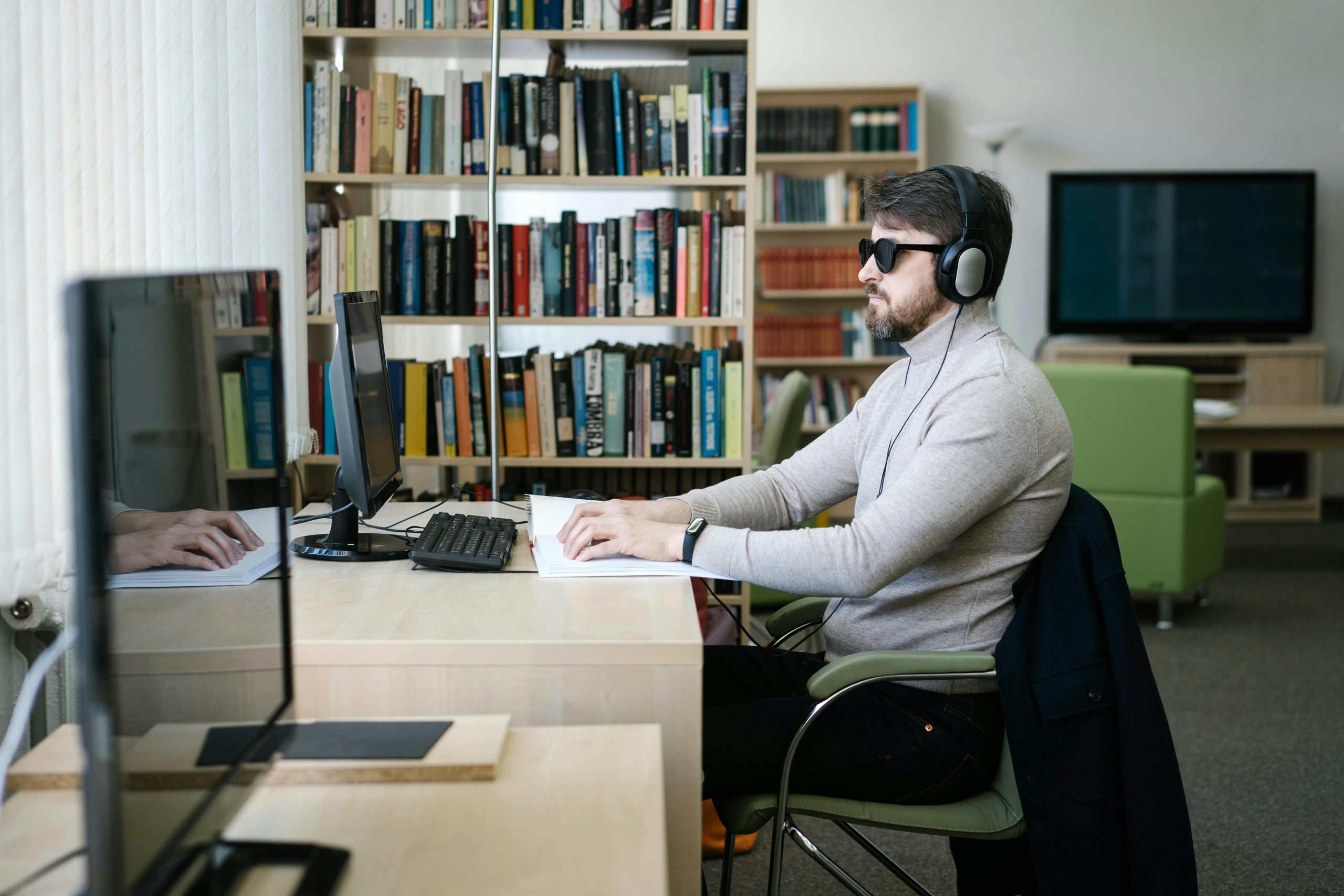Troubleshooting Sudden Lag and Input Delay After Adding a Second Monitor
In today’s multi-monitor setups, it’s common to expand workspace for enhanced productivity and entertainment. However, users sometimes encounter unforeseen issues following hardware modifications, such as increased lag, input delays, or degraded gaming performance. If you’ve recently added a second monitor and noticed your system’s responsiveness has declined, particularly during gaming sessions, you’re not alone.
Understanding the Underlying Causes
Adding extra displays can inadvertently impact your computer’s performance due to several factors:
-
GPU Load Increase: Running multiple monitors, especially if one or both are high-resolution or high-refresh-rate screens, increases the demand on your graphics card. This can reduce the resources available for applications like games, leading to lag and frame drops.
-
System Resource Allocation: Additional displays might cause Windows to allocate more CPU or RAM resources toward managing multiple screens, potentially affecting real-time tasks such as gaming.
-
Display Configuration and Drivers: Improper or outdated graphics drivers, or incorrect display settings, can introduce latency issues. Compatibility problems between monitors and graphics hardware are common culprits.
-
Background Processes: The addition of extra screens can sometimes trigger background applications or processes that strain system resources, resulting in input delay.
Potential Solutions to Improve Performance
If you’re experiencing increased lag and input delay following the installation of a second monitor, consider the following troubleshooting steps:
-
Update Graphics Drivers:
Ensure your GPU drivers are current. Visit the manufacturer’s website (NVIDIA, AMD, Intel) to download and install the latest drivers, which often include performance optimizations and bug fixes. -
Adjust Display Settings:
- Lower the refresh rate of your second monitor if it’s set higher than necessary.
- Set both monitors to their native resolution to prevent unnecessary GPU strain.
-
Disable any non-essential display features like G-SYNC or FreeSync temporarily to see if performance improves.
-
Optimize Game Settings:
In games like Valorant, reduce graphical settings or resolution to lighten the load on your GPU during gameplay. -
Check for Background Processes:
Close unnecessary applications running in the background that may be consuming system resources, especially those that handle display management or real-time audio/video processing. -
Monitor System Resources:
Use Task Manager or dedicated monitoring tools to observe CPU, GPU, and RAM usage to identify bottlenecks. -
Disable or Reconfigure Multi-Monitor Setup:
Temporarily disconnect the
Share this content:



